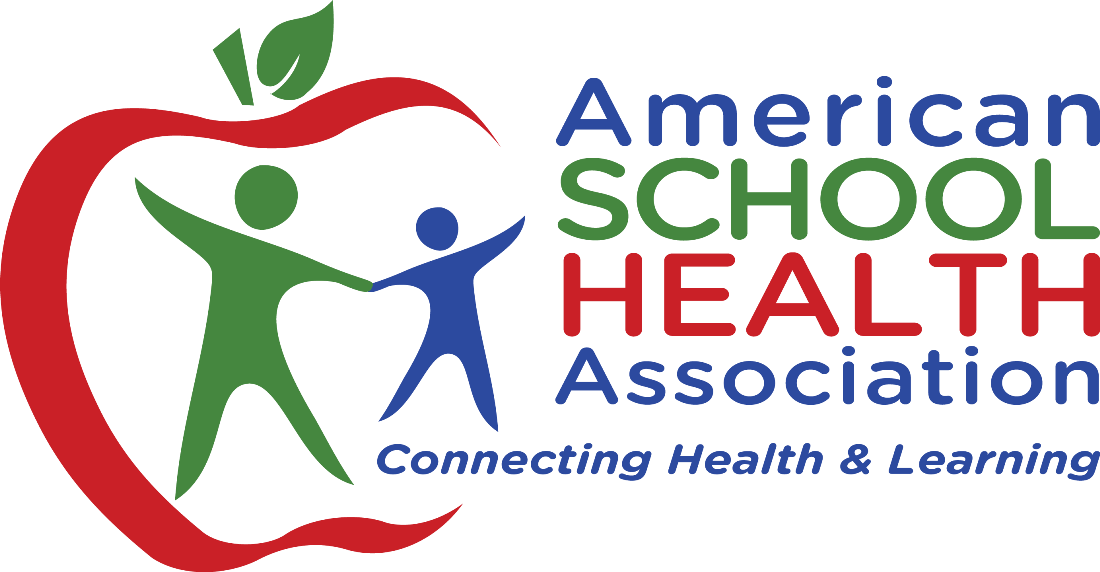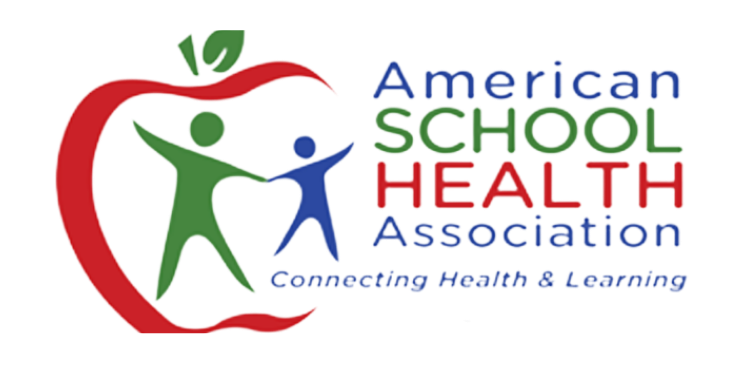Priority Areas and Core Beliefs in Action
ASHA supports school health issues that tie to our mission statement, to transform all schools into places where every student learns and thrives, and our Core Beliefs (see below). ASHA is committed to:
- Support federal legislation that includes health education and physical education as core academic subjects in the Elementary and Secondary Education Act (ESEA);
- Maintain and/or improve school health services;
- Support legislation and/or funding for coordinated school health approaches such as the Whole School, Whole Community, Whole Child (WSCC) model;
- Support legislation that funds a state-level position/coordinator with dedicated time and authority to oversee and manage a coordinated and multi-disciplinary approach to school health
ASHA supports school health issues that tie to our mission statement, to transform all schools into places where every student learns and thrives, and our Core Beliefs.
Our Core Beliefs in Action encompass five critical components of a healthy school environment designed to support PreK-12 students. We support student-centered, integrated and collaborative approaches that address the needs of the whole child. We believe the Whole School, Whole Community, Whole Child (WSCC) model is the best representation of a truly collaborative approach to health and learning.
- Core Belief 1: Health and learning are directly linked and essential to the development of healthy, resilient citizens. Academic success is an excellent indicator of the overall well-being of youth and a primary predictor of adult health outcomes. This belief addresses the issue of disparities and the achievement gap and offers solutions.
- Core Belief 2: Schools are uniquely positioned to help students acquire healthy habits for a lifetime. Schools prepare students to be college and career ready, which includes being a health literate adult. Health curricula should be medically and scientifically accurate, aligned with the National Health Education Standards, taught by highly-qualified professionals, and focused on healthy living skills.
- Core Belief 3: A coordinated school health approach is the most effective and efficient means of promoting healthy citizens. A coordinated approach includes stakeholders from all components of a student’s environment and creates a system to support student academic achievement, eliminates gaps, and reduces redundancies across initiatives and funding streams through appropriately licensed and certified disciplines.
- Core Belief 4: School health professionals should be highly-qualified and be able to use current theory and research to select and design effective health and education strategies. The need for undergraduate and graduate training in health education and the need for certified, licensed, or state-endorsed professionals is addressed in this belief and supported by the Healthy People 2030 objectives.
- Core Belief 5: Schools should be safe, nurturing environments that facilitate learning for all. School climate, school connectedness, and a caring and safe learning environment promote student success and teacher retention through parent and community partnerships, policies, and practices. All students should be healthy, safe, supported, challenged, and engaged.

